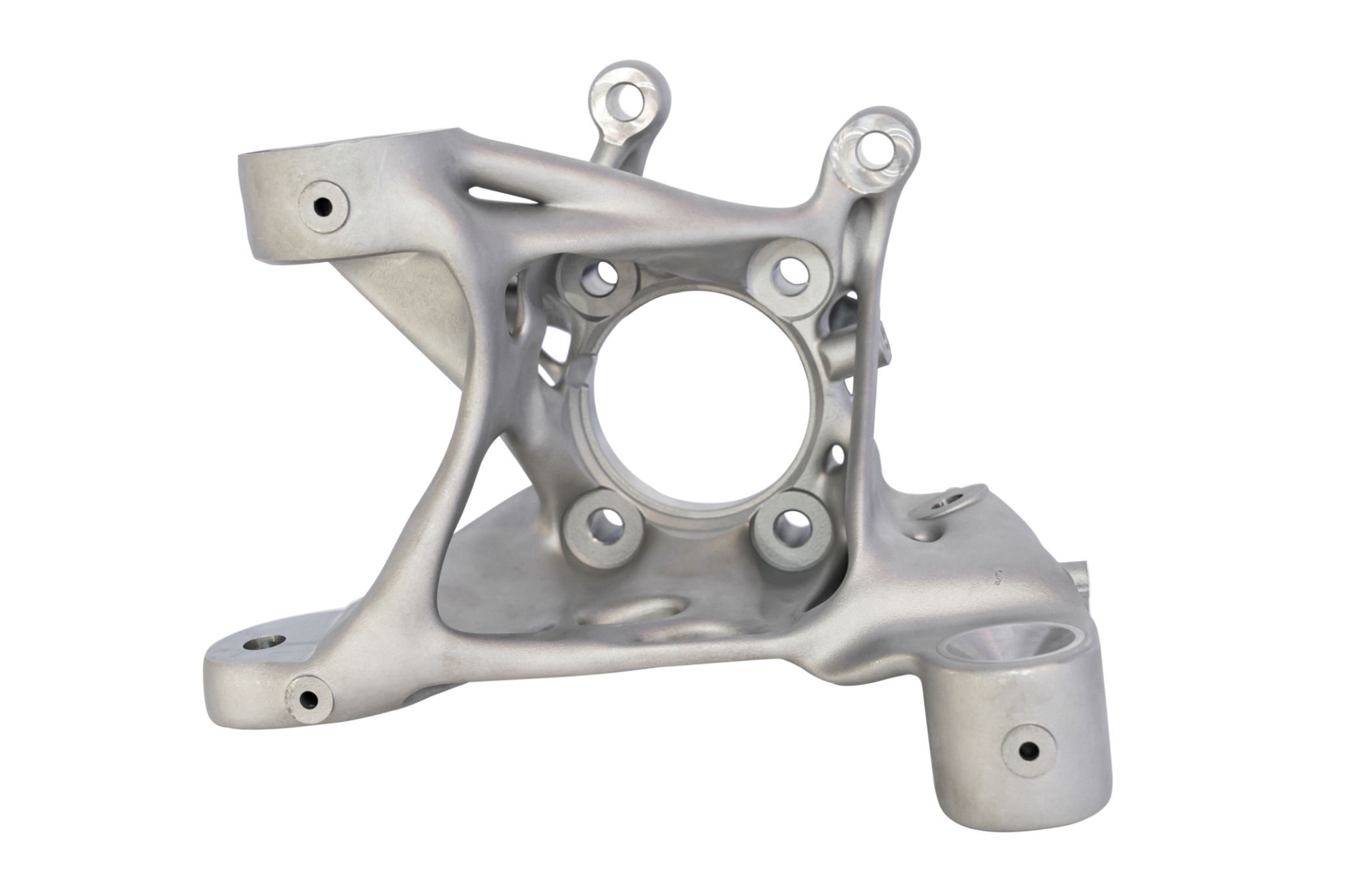The Latest Innovations in Spare Parts Manufacturing and What They Mean for Industry Trends
Revolutionizing Spare Parts Manufacturing
The spare parts manufacturing industry is experiencing a significant transformation, driven by cutting-edge innovations that are reshaping industry trends. With the rise of advanced technologies such as 3D printing, artificial intelligence (AI), and the Internet of Things (IoT), manufacturers are now able to produce parts more efficiently and precisely than ever before.

3D Printing: A Game Changer
One of the most groundbreaking innovations in spare parts manufacturing is 3D printing. This technology enables manufacturers to create complex parts with intricate designs that would be difficult or impossible to produce using traditional methods. The benefits of 3D printing include reduced lead times, lower costs, and the ability to produce customized parts on demand.
3D printing also allows for rapid prototyping, which accelerates the development process and provides manufacturers with greater flexibility. This innovation is particularly beneficial in industries such as aerospace and automotive, where precision and customization are crucial.
Artificial Intelligence and Predictive Maintenance
AI is making its mark on the spare parts industry by enhancing predictive maintenance capabilities. By analyzing data from machines and equipment, AI can predict when a part is likely to fail, allowing manufacturers to replace it before it causes a breakdown. This proactive approach minimizes downtime and maximizes operational efficiency.

Predictive maintenance also helps companies manage their inventory more effectively, as they can order parts only when needed. This reduces waste and lowers storage costs, providing both economic and environmental benefits.
The Internet of Things: Connectivity and Efficiency
The integration of IoT in spare parts manufacturing is another innovation that offers numerous advantages. IoT devices can communicate with each other in real-time, providing manufacturers with valuable insights into their production processes. This connectivity improves efficiency by identifying bottlenecks and optimizing workflows.
Moreover, IoT-enabled systems can monitor the condition of machinery and equipment continuously, ensuring that any issues are addressed promptly. This leads to increased reliability and longevity of parts, benefiting both manufacturers and consumers.

Impact on Industry Trends
The latest innovations in spare parts manufacturing are not only transforming production processes but also influencing broader industry trends. Companies that embrace these technologies are gaining a competitive edge by improving their product offerings and customer satisfaction.
- Sustainability: By optimizing production processes and reducing waste, these innovations contribute to more sustainable manufacturing practices.
- Customization: The ability to produce customized parts quickly is enabling manufacturers to better meet customer demands.
- Global Supply Chains: With localized production enabled by 3D printing and IoT, companies can reduce their dependence on global supply chains.
As these innovations continue to evolve, they will undoubtedly shape the future of spare parts manufacturing, offering new opportunities for growth and efficiency.
